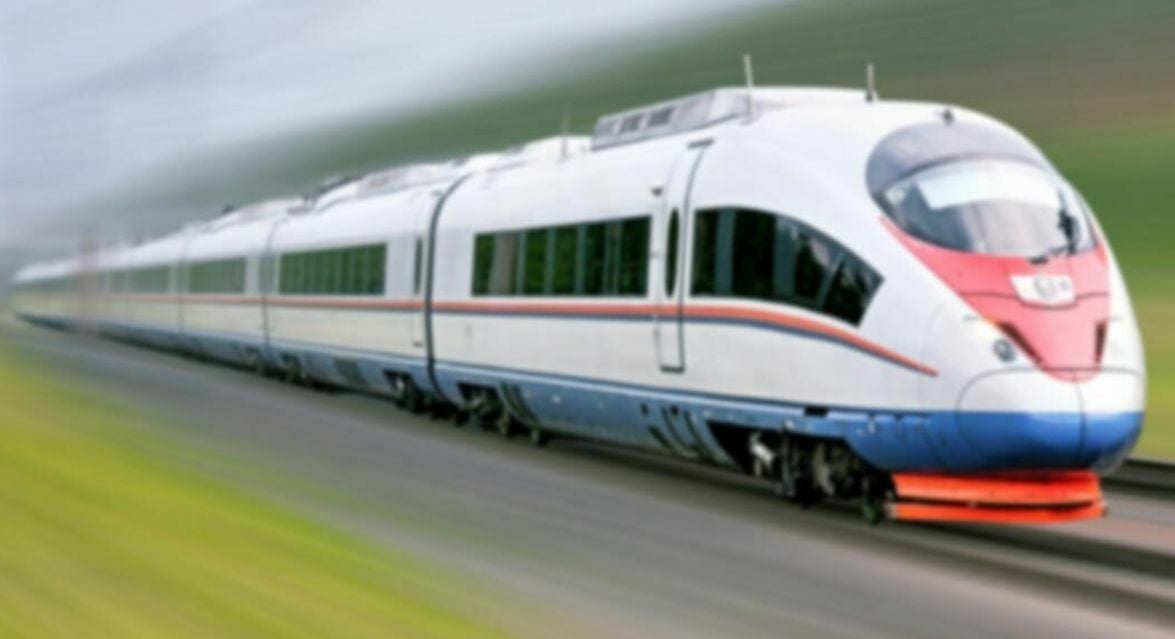2023/11/03 in Latest news - 63
Railway Development Gaining Momentum: Thailand Fast-Tracking Five-Country Rail Link

Photo: KhaoSod
Thailand has unveiled an ambitious plan to expedite the construction of dual railway tracks connecting five nations: Singapore, Malaysia, Thailand, Laos, and China. This significant development was announced at the 4th iTIC FORUM 2023, focusing on the "Power of Connectivity and Smart Mobility." The centerpiece of this project is the 4,500-kilometer Singapore-Kunming rail line, slated for completion by 2027. This massive undertaking aims to enhance the capacity for both goods and passenger travel, promising a more efficient and faster transportation network.
The primary objective of this railway initiative is to position Thailand as the central transport hub within the region, aligning with the National Strategy's 20-year plan. Director of the Department of Rail Transport, Pichet Kunathamrak, emphasized that the only remaining single-track section of the Singapore-Kunming route lies between Chumphon and Padang Besar. The Ministry of Transport is expediting the proposal and implementation of this vital connection.
The second phase of the dual rail project encompasses three southern routes:
1. Chumphon-Surat Thani section (168 kilometers, budgeted at 24 billion baht).
2. Surat Thani-Hat Yai-Songkhla section (321 kilometers, budgeted at 57 billion baht).
3. Hat Yai-Padang Besar section (45 kilometers, budgeted at 6.6 billion baht).
The Hat Yai-Padang Besar section is set to be proposed to the State Railway of Thailand's (SRT) board for consideration in November, followed by submission to the Cabinet for approval.
Pichet underlined the critical importance of advancing the second phase of the dual railway development project for Thailand to emerge as the preeminent regional transport hub. This phase comprises seven routes spanning 1,479 kilometers and a budget of 275 billion baht, a significant step toward the completion of the Singapore-Kunming rail line.
Thai-Lao Friendship Bridge
In addition to the railway expansion, the Ministry is gearing up for the construction of a new Thai-Lao Friendship Bridge connecting Nong Khai and Vientiane. This new bridge will run parallel to the existing one, situated 30 meters away. The Department of Highways has completed the necessary study, and the SRT has allocated funds for bridge design and an Environmental Impact Assessment (EIA) in the coming year.
Pichet indicated that initial assessments suggest that the railway bridge across the Mekong River will take priority in construction, with the road bridge to follow, as the existing bridge can still accommodate current vehicular traffic. The SRT will spend approximately one year finalizing the design, with construction expected to commence in early 2025, taking approximately three years to complete and becoming operational by 2028. The railway bridge across the Mekong River will feature four tracks, including two standard 1.435-meter tracks for high-speed trains and two 1-meter tracks for dual rail trains.
Furthermore, the SRT is actively developing the Nata transit station goods exchange zone to support the logistics system and accommodate the anticipated growth in Thai and Lao trade and investment. The bidding process for this initiative is expected to begin early next year, as reported by KhaoSod.
Pichet emphasized that starting next year, the transformative impact of the dual rail project will become increasingly evident as intra-country and cross-border linkages become a tangible reality. Presently, the dual rail network covers approximately 627 kilometers, and with the completion of the first phase next year, it will extend by around a thousand kilometers. After a prolonged period of stagnation, there are ambitious plans to expand the dual rail network to cover 3,400 kilometers in the foreseeable future.

